Home>Intangible Heritages
- January 18, 2024

24 Solar Terms: 6 things you may not know about Major Cold
The traditional Chinese solar calendar divides the year into 24 solar terms. Major Cold (Chinese: 大寒), the 24th solar term, begins this year on Jan 20 and ends on Feb 3.
- December 21, 2023
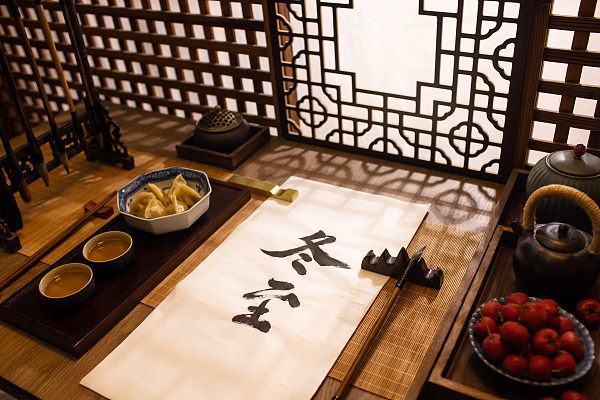
24 Solar Terms: 9 things about Winter Solstice
The traditional Chinese lunar calendar divides the year into 24 solar terms. Winter Solstice (Chinese: 冬至), the 22nd solar term of the year, begins this year on Dec 22 and ends on Jan 5.
- December 08, 2023
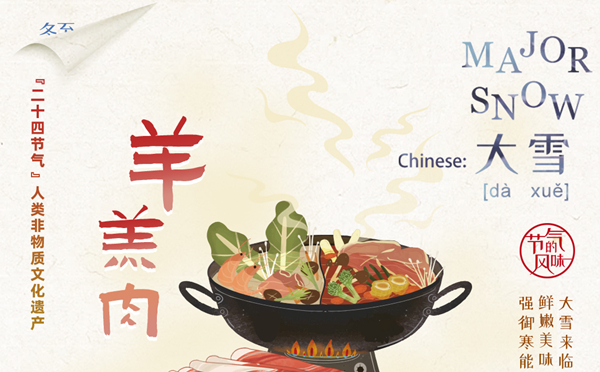
24 Solar Terms: 6 things about Major Snow
The traditional Chinese solar calendar divides the year into 24 solar terms. Major Snow (Chinese: 大雪), the 21st solar term of the year, begins this year on Dec 7 and ends on Dec 21.
- November 22, 2023
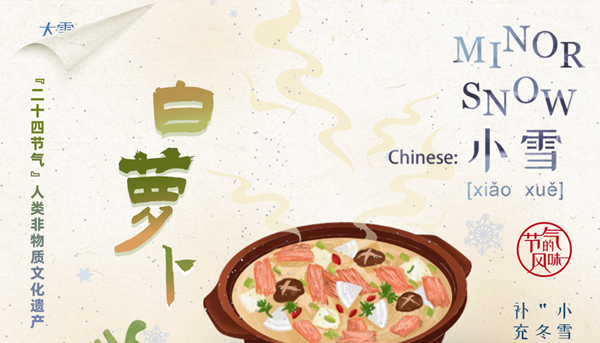
24 Solar Terms: 7 things you may not know about Minor Snow
The traditional Chinese solar calendar divides the year into 24 solar terms. Minor Snow, (Chinese: 小雪), the 20th solar term of the year, begins this year on Nov 22 and ends on Dec 6.
- October 30, 2023
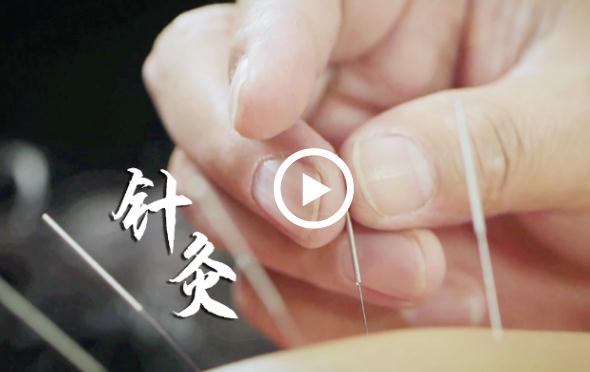
Living Heritage: Acupuncture
Acupuncture, an ancient Chinese medical practice, has been the remedy for countless patients for thousands of years. Before modern medicine came to life, ancient Chinese used stone tools to relieve pain.
- October 23, 2023

Festive China: Chongyang Festival
When clear and refreshing autumn arrives and chrysanthemums envelope the world, it's time for the Chinese Chongyang Festival, or Double Ninth Festival.
- October 08, 2023
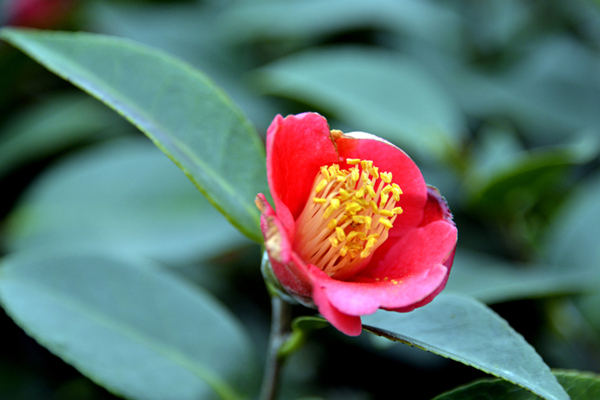
24 Solar Terms: 8 things you may not know about Cold Dew
The traditional Chinese solar calendar divides the year into 24 solar terms. Cold Dew, (Chinese: 寒露), the 17th solar term of the year, begins this year on Oct 8 and ends on Oct 23.
- August 28, 2023
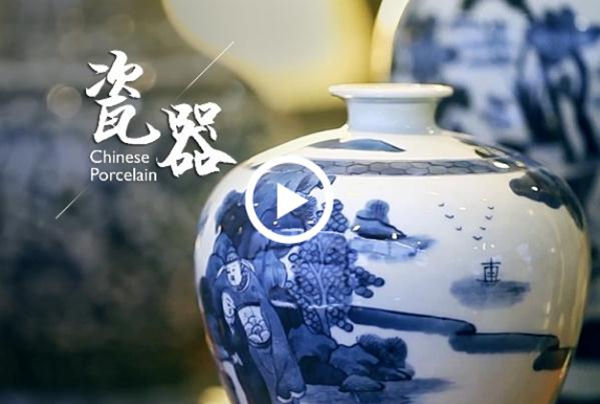
Living Heritage: Porcelain
Fine, crisp and translucent. Many years ago, a dance between clay and fire gave rise to a tangible piece of art: porcelain.


